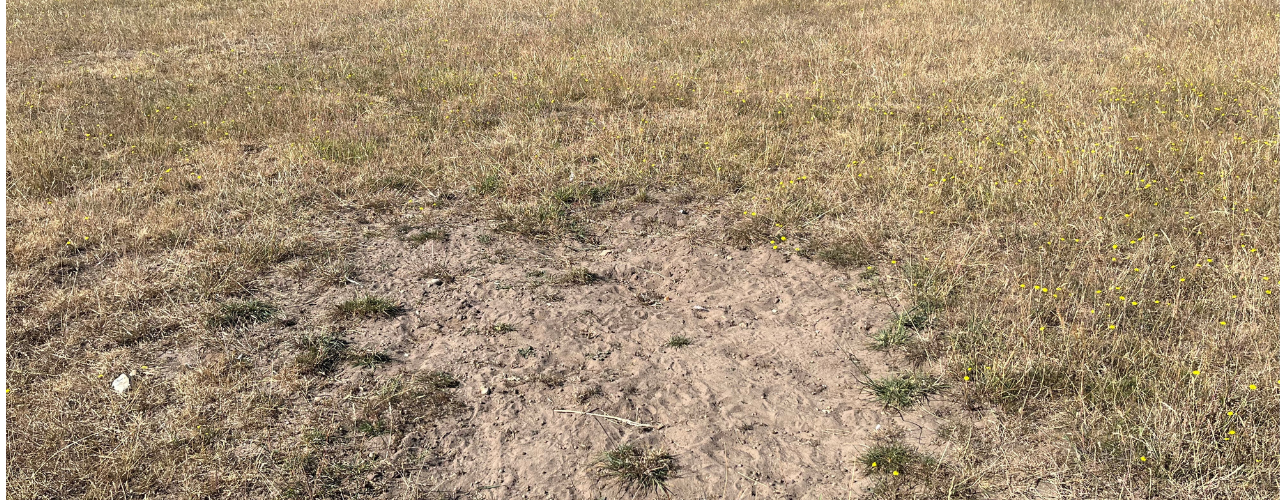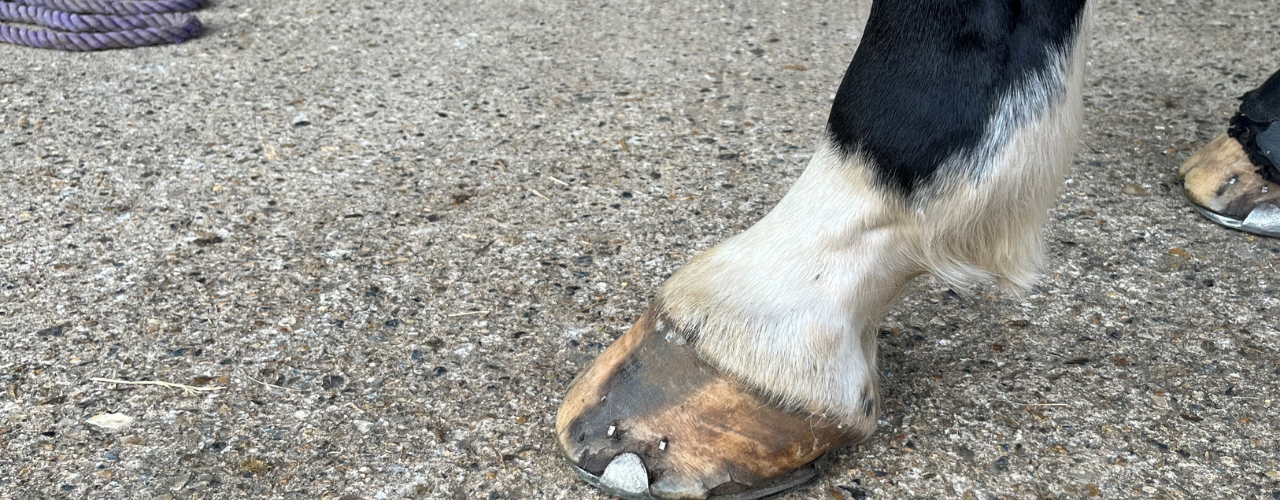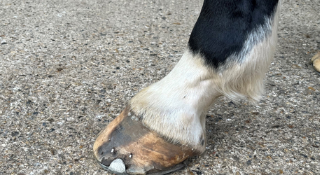
Be sand colic savvy
Keeping your horses on light sandy soil can mean less mud in the winter and easier paddock maintenance come the spring but with it...
13 July 2022
Read More
Know your fetlocks
The fetlock is a hard-working, high motion hinge joint. It is the meeting point of the cannon bone, proximal sesamoid bones and the long pastern bone and is subjected to large forces and stresses as the horse moves, making it vulnerable to injury.
Fetlock facts
This joint is a complexity of ligaments. The collateral ligaments wrap around the the joint for stability while the suspensory ligament runs from the back of the cannon bone to the two sesamoid bones at the back of the fetlock. Further ligaments attach the sesamoid bones to each other. These, together with the suspensory ligament are collectively known as the suspensory apparatus. The flexor tendons at the back of the leg help the fetlock joint out a little but it predominantly has the heavy job of supporting the limb during the weight bearing phase of movement.
Lameness and swelling around the joint are the tell-tale signs that your horse may have a fetlock injury. If these signs are absent, a 'nerve block' using local anaesthetic may be required to determine the fetlock as the source of the lameness
Fetlock problems
Soft tissue injuries
These include damage to any of the ligaments, which is known in veterinary terms as desmitis. Your vet will scan the joint using ultrasound or MRI to diagnose the problem.
Depending on the severity of the damage, your vet may suggest some regenerative medicine options, together with rest and rehabilitation and a slow return to exercise to give the damaged ligaments a chance to heal. Some horses are eventually able to return to full work.
Bone damage
The bones within the fetlock can be susceptible to damage close to the joint, known in veterinary terms as subchondral bone damage, as well as fragmental or major fractures
Repetitive subchondral damage can result in changes to the mechanics of the bone making it more vulnerable to fracture but any of the bones within the fetlock can also fracture due to acute single overload.
Fractures are most common in racehorses and high-level event horses in fast exercise. As with human bone breaks a fetlock fracture may be repairable with surgery
Fractures, or the developmental disease osteochondrosis dissecans may result in fragments of bone breaking off within the joint. These can be removed successfully in some cases using arthroscopic surgery and if there has been minimal damage to the joint surface the prognosis can be good.
Joint damage
Ligament or bone damage can cause changes to occur within the fetlock joint itself. Inflammation and an increase in synovial fluid may cause lameness which your vet may treat with reduced exercise and anti-inflammatories.
Damage to bone and cartilage within the fetlock can lead to the degenerative disease osteoarthritis, especially in older horses. Your vet may be able to suggest ways to manage the condition using anti-inflammatories; many horses with low level osteoarthritis can go on to enjoy active lives in this way.
References:
accessed 14 June 2022
https://www.horsemagazine.com/thm/2016/04/fetlock-lameness-its-importance/
accessed 14 June 2022
MM-21052

Keeping your horses on light sandy soil can mean less mud in the winter and easier paddock maintenance come the spring but with it...
13 July 2022
Read More
The fetlock is a hard-working, high motion hinge joint. It is the meeting point of the cannon bone, proximal sesamoid bones and th...
20 June 2022
Read More